Freshwater Oases: 10 Stunning Lakes You Can Swim In
The 10 Best Freshwater Lakes to Swim In
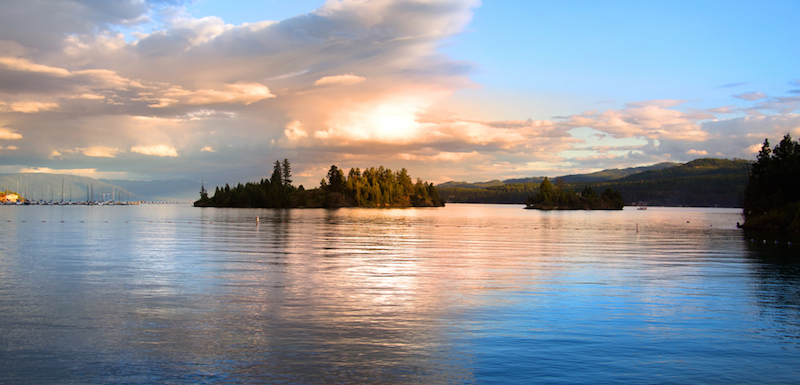
Looking for a good way to cool off this summer? Try jumping in a freshwater lake.
Many freshwater lakes have clear, pristine waters, largely because they lack the nutrients that are gobbled up by algae. And these teensy plantlike organisms called protists can multiply fast, turning a body of water from glassy to murky.
Healthy freshwater lakes often support small fish and are usually surrounded by trees and vegetation that help prevent erosion. That makes freshwater lakes the perfect place to have a picnic, relax or dive into for a swim. Here are 10 recommendations of freshwater lakes in the United States, but feel free to add more in the comments section if you don't see your favorite freshwater lake in the countdown.
Sleeping Bear Dunes National Lakeshore
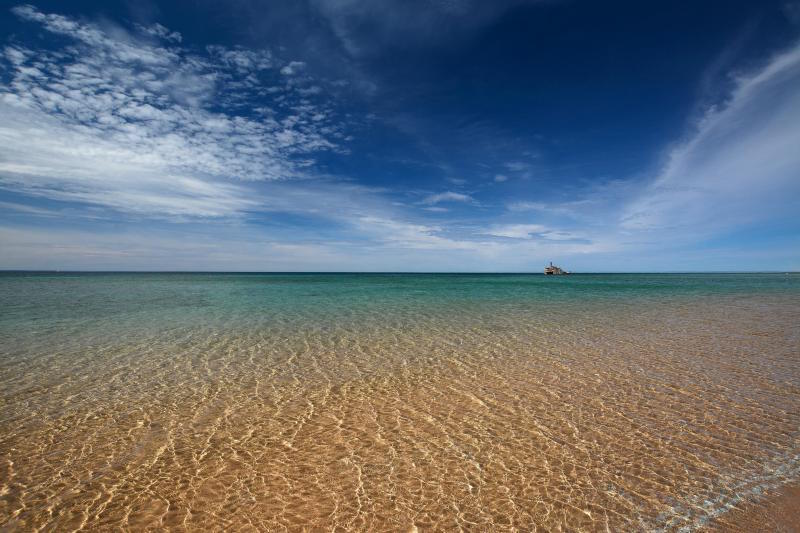
Located on the Michigan coast, Sleeping Bear Dunes National Lakeshore is a beautiful getaway within Lake Michigan. Visitors often rent houses and go hiking along the dunes or gaze out at the shipwrecks in the crystal-clear water from a viewpoint on South Manitou Island.
Swimming is also a must during the hot summer months.
Click "Next" to learn about Lake Tahoe . . .
Lake Tahoe
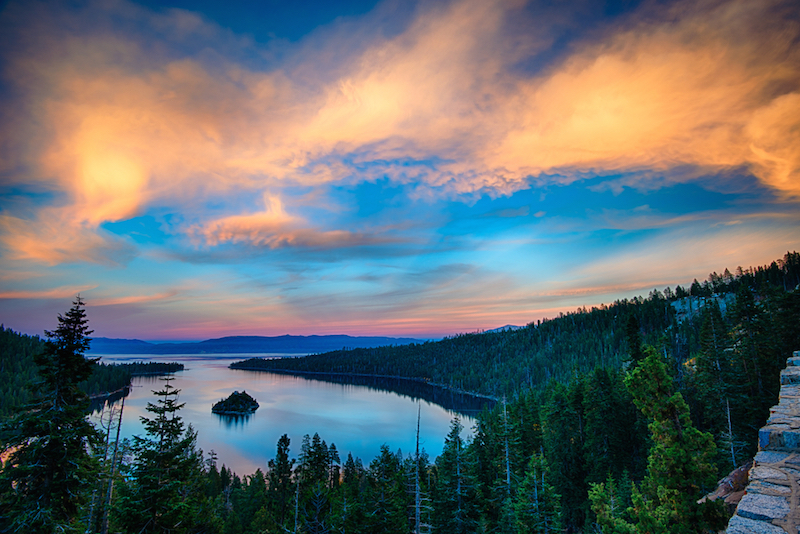
At 1,645 feet (501 meters) deep, Lake Tahoe is the second deepest lake within the United States and the 10th deepest in the world, according to the U.S. Geological Survey (USGS).
"I would find nothing more pleasurable than swimming in the sparkling clear water of Sand Harbor at Lake Tahoe while gazing up at snow-covered Mount Tallac at nearly 10,000 feet [3,048 m]," said Geoff Schladow, director of the Tahoe Environmental Research Center at the University of California, Davis. [A Buyer's Guide for the Adventure Junky]
Vacation seekers will find Lake Tahoe along the California and Nevada boarder. It's about 22 miles by 12 miles (35 by 19 kilometers) large, and its surface elevation is about 6,225 feet (1,897 m), making it the highest lake of its size in the United States, the USGS reported.
The water is about 65 to 75 degrees Fahrenheit (36 to 42 degrees Celsius), during August and September, the USGS said.
Tettegouche State Park
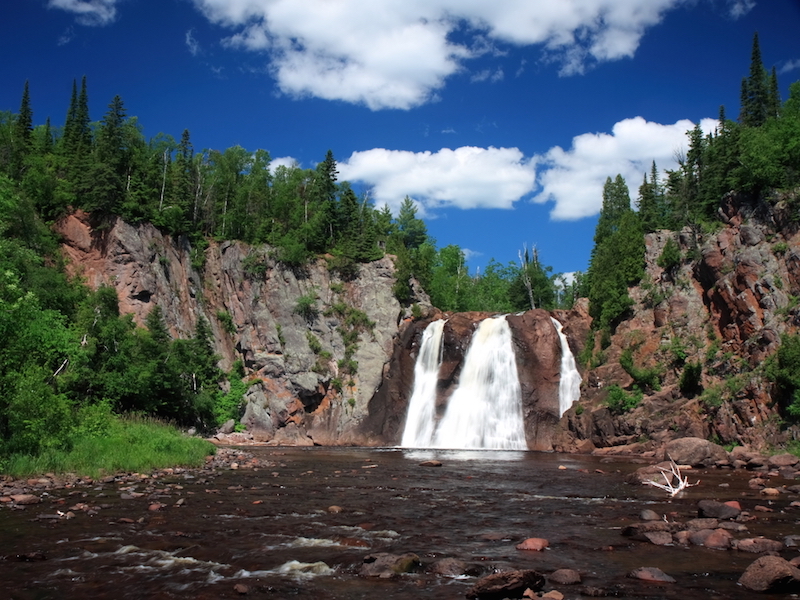
Explore Lake Superior from Tettegouche State Park in Minnesota. Visitors can hike its scenic trails, go rock climbing, try bird-watching and, of course, swim. If the North Shore's waters are too cold for a quick dunk, check out the 60-foot-tall (18 m) High Falls waterfall and warmer waters of the nearby Baptism River (shown here) on the North Shore of Lake Superior.
Emerald Lake
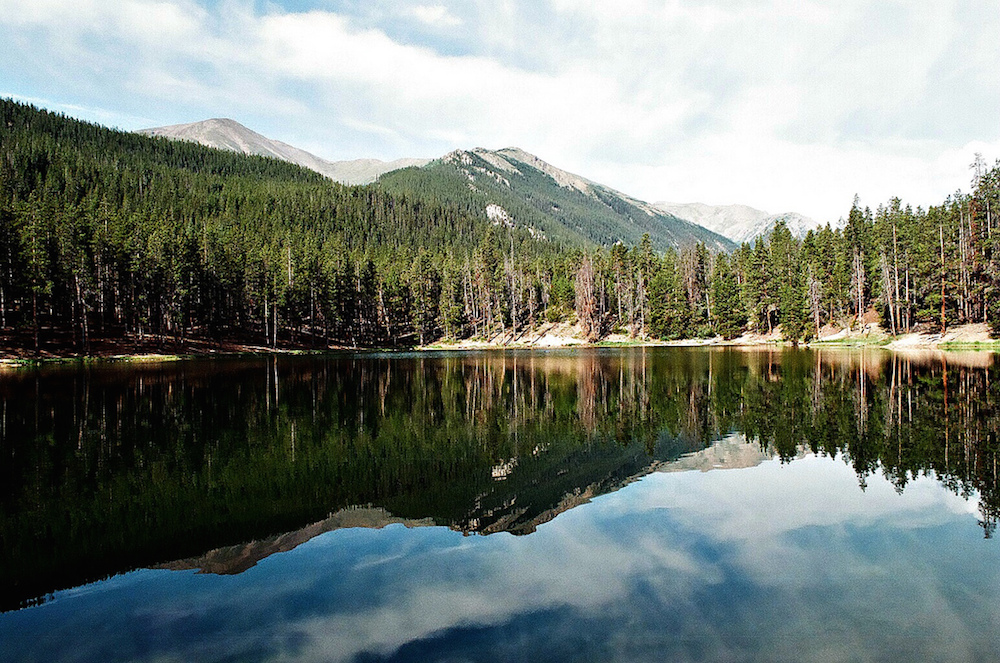
Hikers can find Emerald Lake in Colorado's Rocky Mountain National Park. The park has a 1.8-mile-long (about 3 km) trail that, with a total of 650 feet (198 m) elevation gain, leads visitors to the lake. But the climb isn't that strenuous, said Catherine O'Reilly, an associate professor of geology at Illinois State University.
Emerald Lake might be cold, but it, along with lakes around the world, are heating up due to climate change, O'Reilly told Live Science. In 2015, she co-authored a study on global lake surface temperatures, and found that they had increased an average of 0.61 degrees Fahrenheit (0.34 degrees Celsius) from 1985 to 2009.
The study was published in Geophysical Research Letters.
Crater Lake
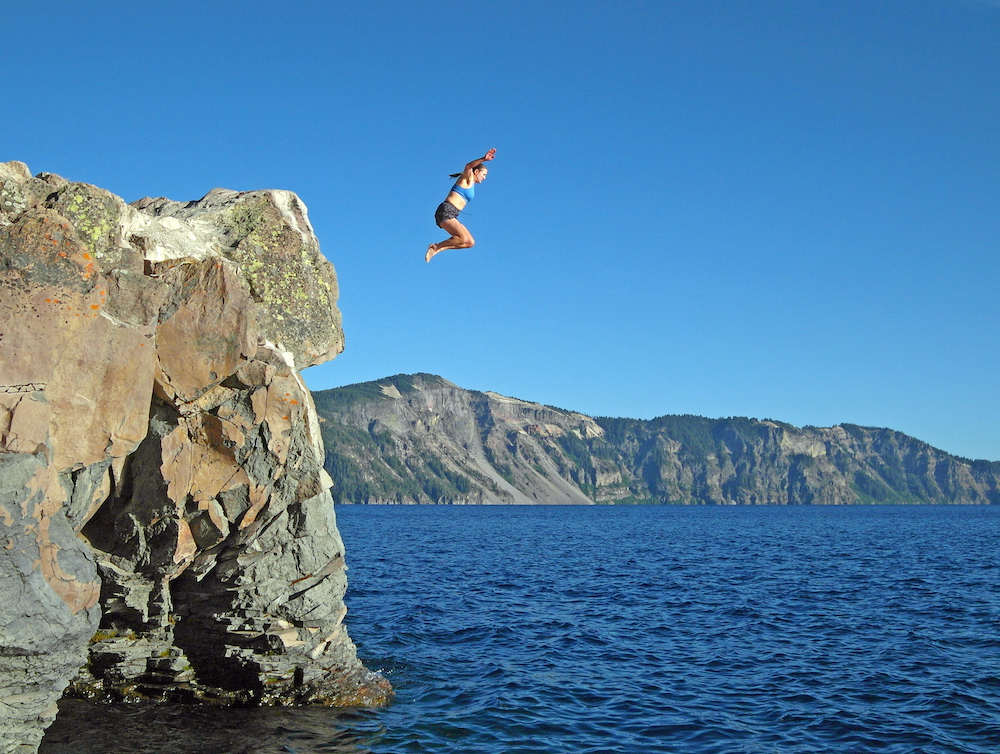
Take a dip in the United States' deepest lake, located in the shell of a collapsed volcano in south-central Oregon. Crater Lake is covered with snow most of the year, but from late June to late October, visitors can hike down a steep 1-mile (1.6 km) trail to the lake for a refreshing dip. However, the water is pretty cold, so most people go swimming for just a few minutes, said Dave Grimes, a park ranger at Crater Lake National Park.
This year, the trail will close in mid-August for renovations, but it's expected to reopen in 2017, he said.
The lake is 1,943 feet (592 m) deep. Daredevils can jump off a 20-foot-tall (6 m) rock into the lake and still not get anywhere near the lake's bottom, Grimes said.
There aren't any native fish in Crater Lake, but people can fish non-native rainbow trout and Kokanee salmon, so long as they use artificial lures (no worms or eggs), Grimes said.
Bottomless Lakes
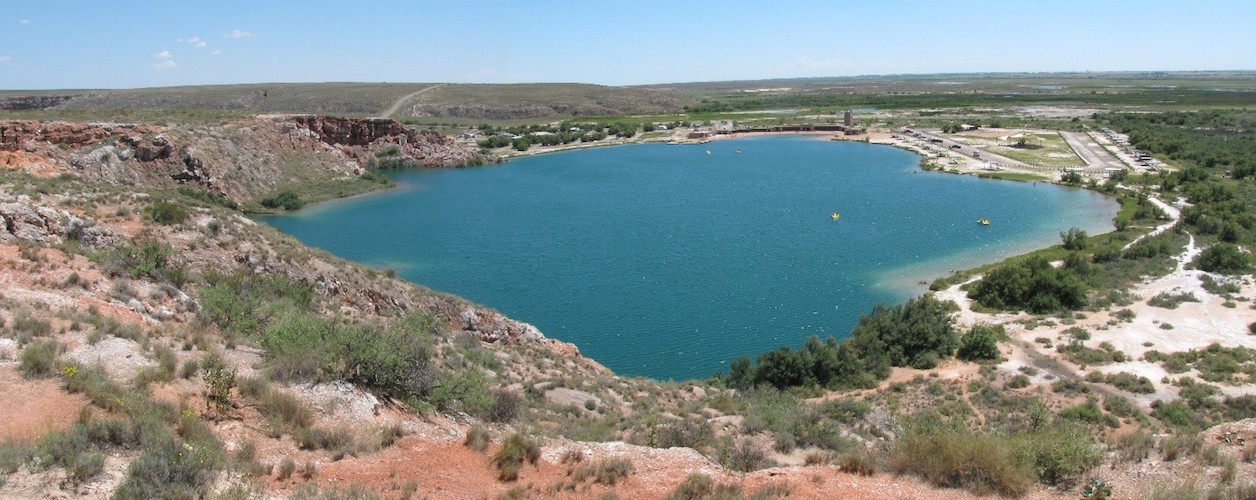
Bottomless Lakes State Park in New Mexico is just 14 miles (23 km) southeast of Roswell, so if you're a UFO enthusiast, there's that (In the summer of 1947, some people claim debris from a flying saucer crashed there). Aliens aside, visitors will enjoy peace and quiet — motorized boats aren't allowed, but people in canoes and kayaks can paddle through the water.
In addition to swimming, people can camp, fish, horseback ride, picnic, hike, bird watch and scuba dive, according to New Mexico State Parks.
However, the lakes aren't exactly bottomless. They are formed by sinkholes with depths from 17 to 90 feet (5 to 27 m) deep. But the lakes have the illusion of great depth because of greenish-blue aquatic plants within their waters.
Lake Crescent
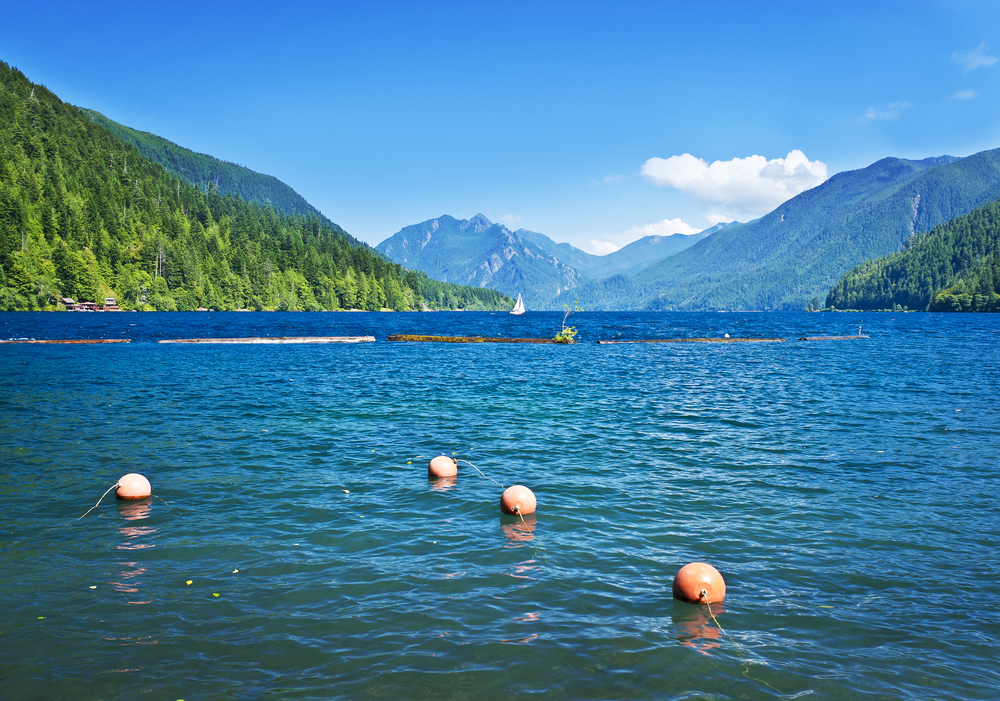
Check out Lake Crescent, located deep in the temperate rainforest of Washington's Olympic National Park. Just go during the drier summer months — the rainforest gets drenched with about 12 feet (3.6 m) of rain a year, according to the National Park Service.
"The [Washington] peninsula is lush and green and cool in the summer time," said Stephanie Hampton, a professor in the School of the Environment at Washington State University.
There's limited development around Lake Crescent, but about 100 houses were grandfathered into the park and allowed to stay, she said. Moreover, the park transformed an old railroad into a fairly flat trail for hikers, who can swim in the water to cool off.
"Lake Crescent is very blue and beautiful," Hampton said. "You can see deep into the water." [The 10 Most Visited US National Parks]
Flathead Lake in Montana

Flathead Lake is the largest natural freshwater lake west of the Mississippi River in the continental United States, according to the National Park Service.
"It's a beautiful lake that is quite a destination for recreation," Stephanie Hampton, of Washington State University, told Live Science. "It has swimmable temperatures in the summertime."
Pyramid Lake
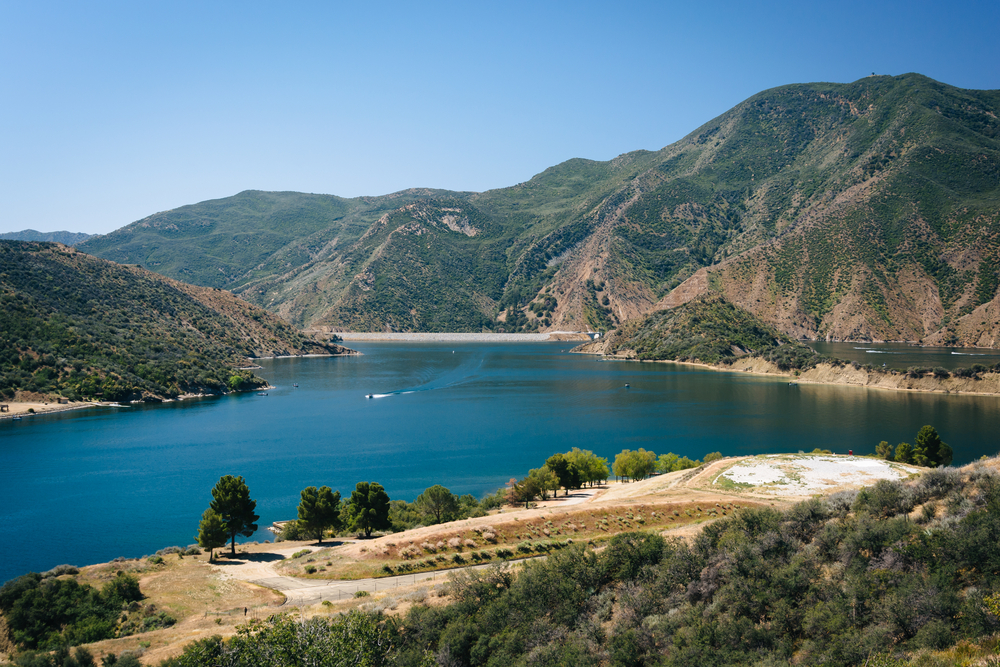
Practice your favorite swimming stroke in California's Pyramid Lake, located in the Angeles and Los Padres National Forests. People can also camp, picnic, boat and water-ski, and anglers can try their luck fishing for largemouth and smallmouth bass, trout, catfish, blue gill and crappie, according to the California Department of Water Resources.
At the lake's Emigrant Landing recreation area, people can swim and kayak in more protected areas.
Norris Lake
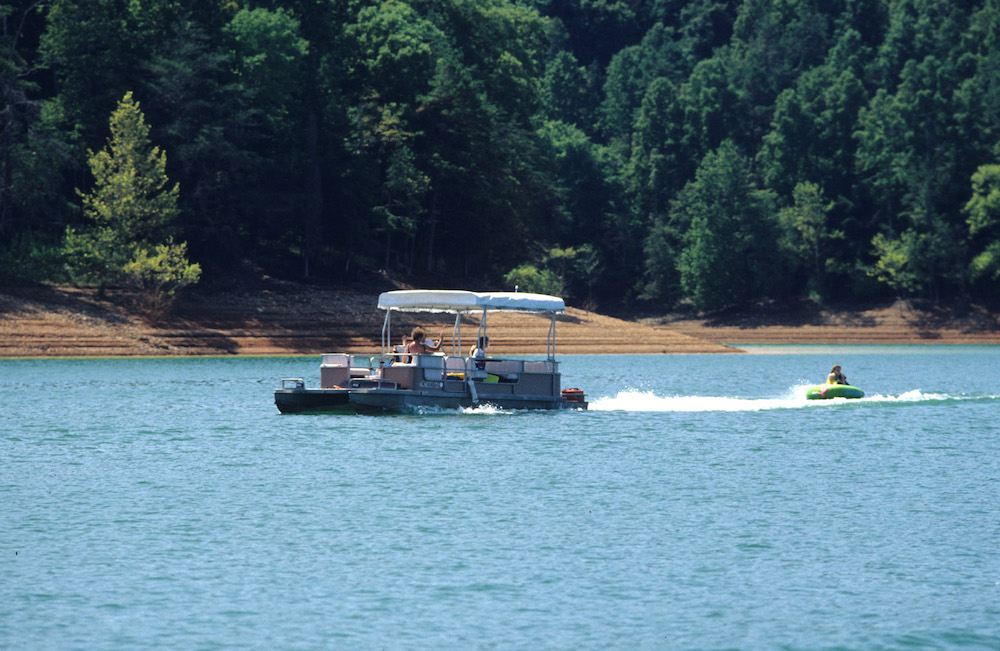
Immerse yourself in the blue waters of Norris Lake in Tennessee. The lake is also a hotspot for snorkeling, boating, fishing, water-skiing and golfing, according to the Norris Lake Marine Association. Norris Lake has more than 20 marinas and plenty of hotels, houseboats and restaurants, and 809 miles (about 1,300 km) of shoreline.
Norris Lake is also spotted with islands, some which make inviting picnic destinations.
Follow Laura Geggel on Twitter @LauraGeggel. Follow Live Science @livescience, Facebook & Google+.
Sign up for the Live Science daily newsletter now
Get the world’s most fascinating discoveries delivered straight to your inbox.

Laura is the archaeology and Life's Little Mysteries editor at Live Science. She also reports on general science, including paleontology. Her work has appeared in The New York Times, Scholastic, Popular Science and Spectrum, a site on autism research. She has won multiple awards from the Society of Professional Journalists and the Washington Newspaper Publishers Association for her reporting at a weekly newspaper near Seattle. Laura holds a bachelor's degree in English literature and psychology from Washington University in St. Louis and a master's degree in science writing from NYU.










